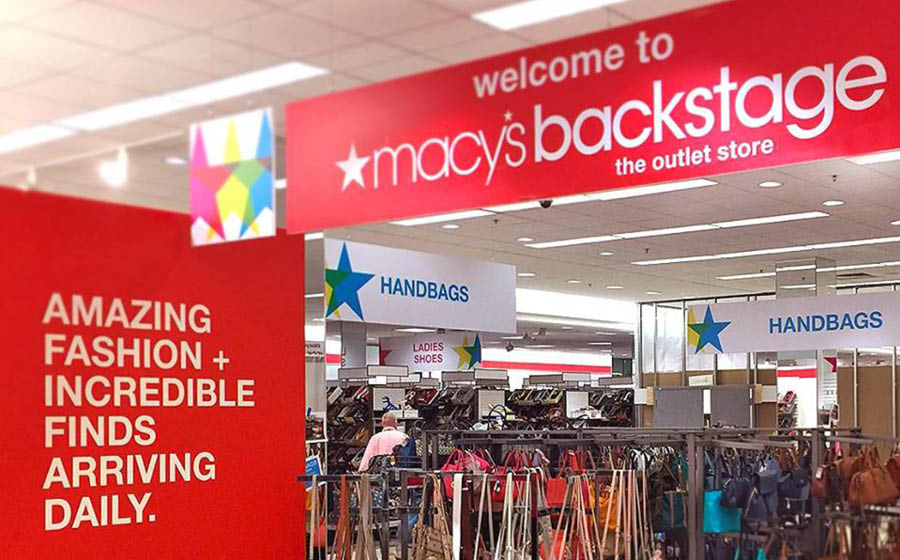The \”Budget Stores\” started in the grand old flagship stores as the \”Basement Stores.\” There was an abundance of space in those wonderful big buildings, but how did they attract people to go underground into the buildings\’ bowels? Simple formula: create a lower-price, lower-service environment offering great value through a mix of less expensive offerings. The basement merchandise model varied by company with low-price brands, closeout purchases from other brands, irregulars from famous brands, specially developed product and of course, end of season transfers from the upstairs store or sister locations. It was destination shopping: Gimbels New York was famous for its huge seasonal transfer from Saks Fifth Avenue of apparel, furs and shoes. Filene\’s in Boston would make national television news with their annual bridal sample sale.
Architecture is Destiny
In the late 60s with the rapid expansion to suburban malls, the big challenge was how department stores could accommodate the basement store concept in their new footprints. In the very early mall stores, there were actually basements that could be used to replicate those in the downtown stores. But most of the new malls were built on slabs, so dedicated budget space was frequently allocated on the main floor with its own parking lot entrance and, in some cases, their own entrances from the mall as a wraparound to the main store. The basement store was renamed \”The Budget Store\” to reflect its new visibility. In some companies, the budget store achieved as much as a 15 percent penetration to total store with reasonable margins and acceptable profits.
But by the late 70s, the budget stores were caught in a vise. Department stores were layering on many new dimensions to their businesses as women flooded the workforce, disposable incomes rose, and the development of branded shop-in-shops took a foothold. Where did the stores get the needed additional space for these rapidly expanding businesses? And when combined with the rapid expansion and consolidation within the value sector and Walmart and Target replacing weaker regional chains — goodbye budget stores!
The Budget Store Reinvented
I visited the Macy\’s Store of the Future in Woodbridge and the entire third floor has been converted to price-off \”Backstage.\” Welcome back budget store!
Backstage is in its second iteration and no longer dependent on its too cutesy theatrical visuals. Backstage is a compendium of closeouts and special purchases in an attempt to replicate the success of the TJX group and Nordstrom\’s Rack. Macy\’s even stocks the corrals at the register with pickup product including snacks and soda. Backstage includes categories such as toys that are not normally carried in Macy\’s. Lacking are famous brands at great prices, and also lacking are great value brands at low prices. What the Macy\’s shopper has is a no-frills Backstage that now feels integrated into the store.
When I first visited a free-standing Backstage almost two years ago, there was a lot of true value and low prices, including transfers from the main stores. There were many vendors that were not part of the Macy\’s assortments. Everything about the store conveyed value from the fixturing to t-shirt-dressed employees.
On my recent visit to the Store of the Future I did not see that value; I saw signage that featured price points that were consistent with those in the main store, and in many cases not as low as those in the \”Final Act\” clearance areas for familiar brands. And most importantly, I did not see any evidence that someone was attempting to build balanced assortments by filling obvious voids with well-priced, privately developed add-ons.
Further, the level of inventory was generally light and inconsistent from fixture to fixture; perhaps there was too much space to fill? What was also striking was that less than 25 percent of the space was devoted to women and men\’s apparel with sizeable chunks of space devoted instead to shoes, kids and home.
Yes, there is an excess of space in many of Macy\’s stores. But is Backstage the best way to fill it? In my opinion, offering a bunch of cheap stuff may generate some short-term results, but in the current version, Backstage is not building anything that will contribute to the long-term success of Macy\’s.




